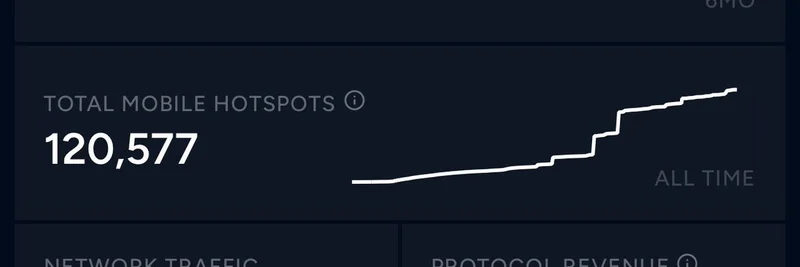In today's fast-paced world, you've probably noticed more folks diving into high-risk bets like meme coins, wild stock options, or sports gambling. These activities are hitting all-time highs, but why? According to a thought-provoking post from Akshay BD on X (original post here), it's not just thrill-seeking—it's because people can't trust the prices they see anymore. Prices are supposed to guide us, like a compass showing the way, but modern society has muddled them up through layers of interference. Let's break this down simply and see how it ties into the crypto space, especially with platforms like Solana stepping in to clear the air.
First off, what is price discovery? It's the process where buyers and sellers interact in a market to figure out the fair value of something—like a stock, a house, or even a loaf of bread. When that process gets distorted, prices don't reflect reality, leading to bad decisions. Akshay points out several culprits behind this mess.
Central banks are a big one. Through quantitative easing (that's when they pump money into the economy), zero or negative interest rates, and fixing currency values, they make borrowing seem cheaper and risks less scary than they really are. Imagine thinking a loan is a steal, only to find out later it's a trap because the true costs were hidden.
Governments add to the chaos too. Subsidies prop up certain industries, bailouts save failing companies, and things like capital controls or tax loopholes twist how resources get used. Even inflation numbers can be fudged, making everything feel off-kilter. This means money flows to the wrong places, like overfunded sectors that shouldn't be thriving.
In public markets, passive investments through ETFs (exchange-traded funds) can inflate stock prices without caring about a company's actual performance. Private markets are worse—valuations based on models rather than real data, companies drowning in debt but still afloat (zombies, as they're called), and hidden leverage in shadow banking. All this makes businesses look stronger on paper than they are.
Then there's everyday stuff: Education costs skyrocket because of student loans and government funding, far beyond what schools actually spend. Housing prices are warped by zoning laws, rent controls, and guarantees that mess with supply and demand. Energy hides behind subsidies and reserves, labor markets are rigid due to minimum wages and restrictions, and even food—think cheap junk food from subsidized crops—doesn't show its true cost.
These distortions turn prices into unreliable signals. Without a clear compass, planning for the future becomes a guessing game. Can't tell if bonds are safe for savings? Unsure if a home is truly affordable? Doubting if that startup job is worth the risk? People end up gambling instead of building steady wealth—pouring money into meme stocks or coins hoping for a quick win.
But here's where it gets exciting for crypto enthusiasts: Akshay suggests that internet capital markets, powered by blockchain, could fix this. Platforms like Solana are leading the charge by making trades transparent, instant, and accessible worldwide. Everything on-chain means no more gatekeepers hiding info. Prediction markets, tokenized stocks, synthetic commodities—you name it, all tradable 24/7 with real-time price charts telling the unvarnished truth.
As more assets shift to blockchain, the off-chain fog lifts. Solana, known for its speed and low costs, forces this price discovery by enabling seamless, verifiable transactions. It's not just about memes; it's about rebuilding trust in prices so people can focus on creating value rather than speculating wildly.
In the end, price is truth, as Akshay puts it. If we want fewer gamblers and more builders in the meme token world and beyond, embracing on-chain solutions could be the key. What do you think—ready to ditch the bets for some real building?


